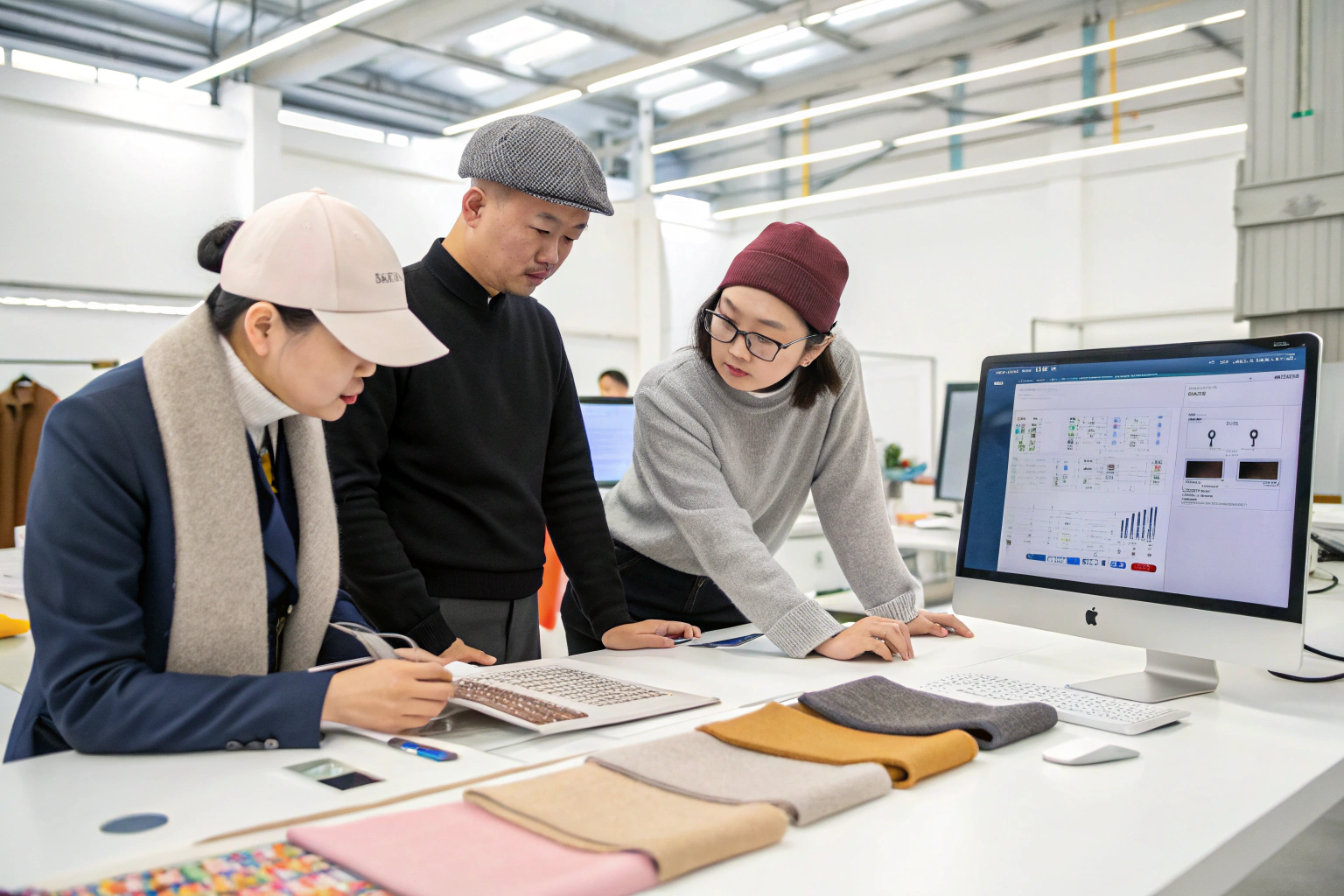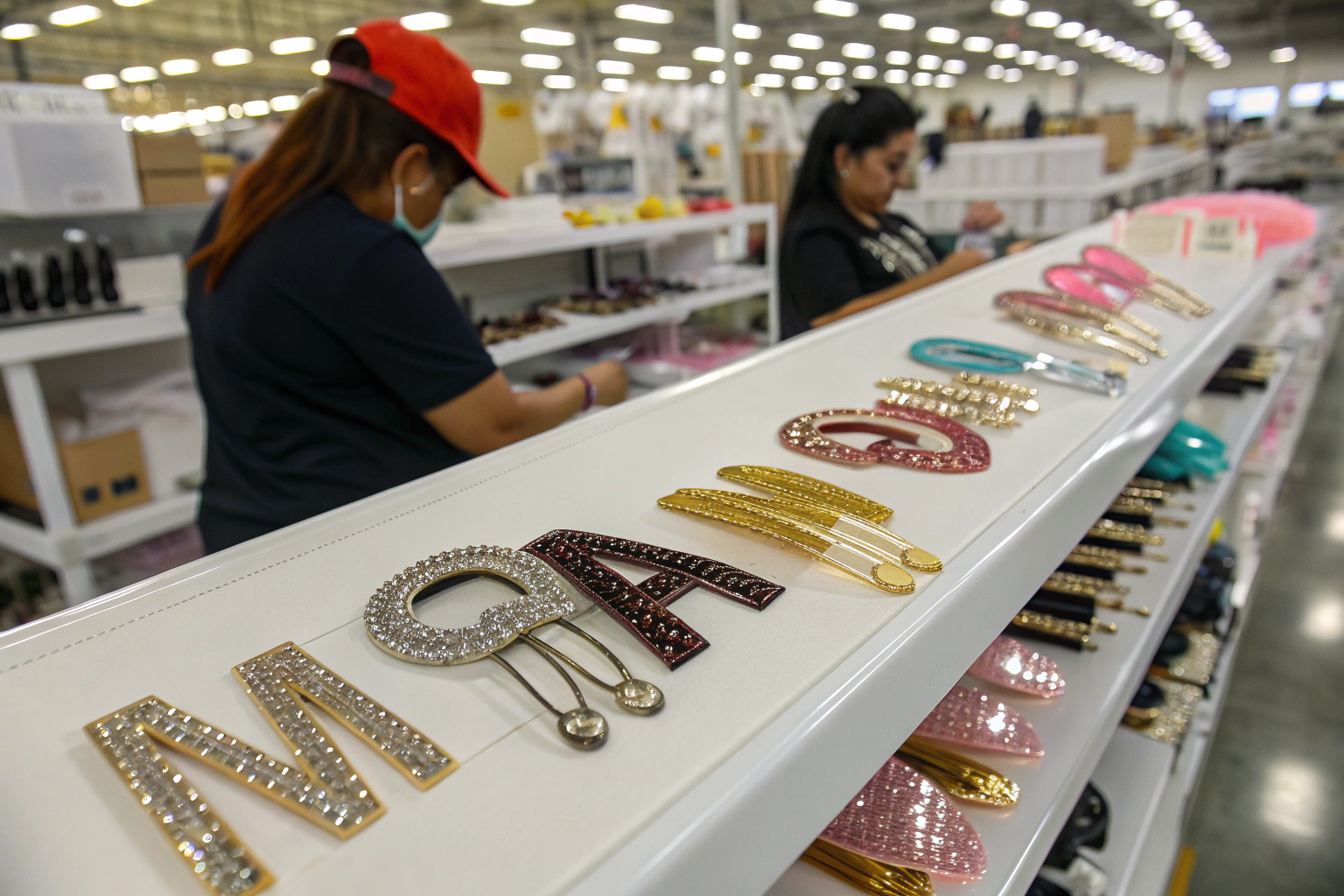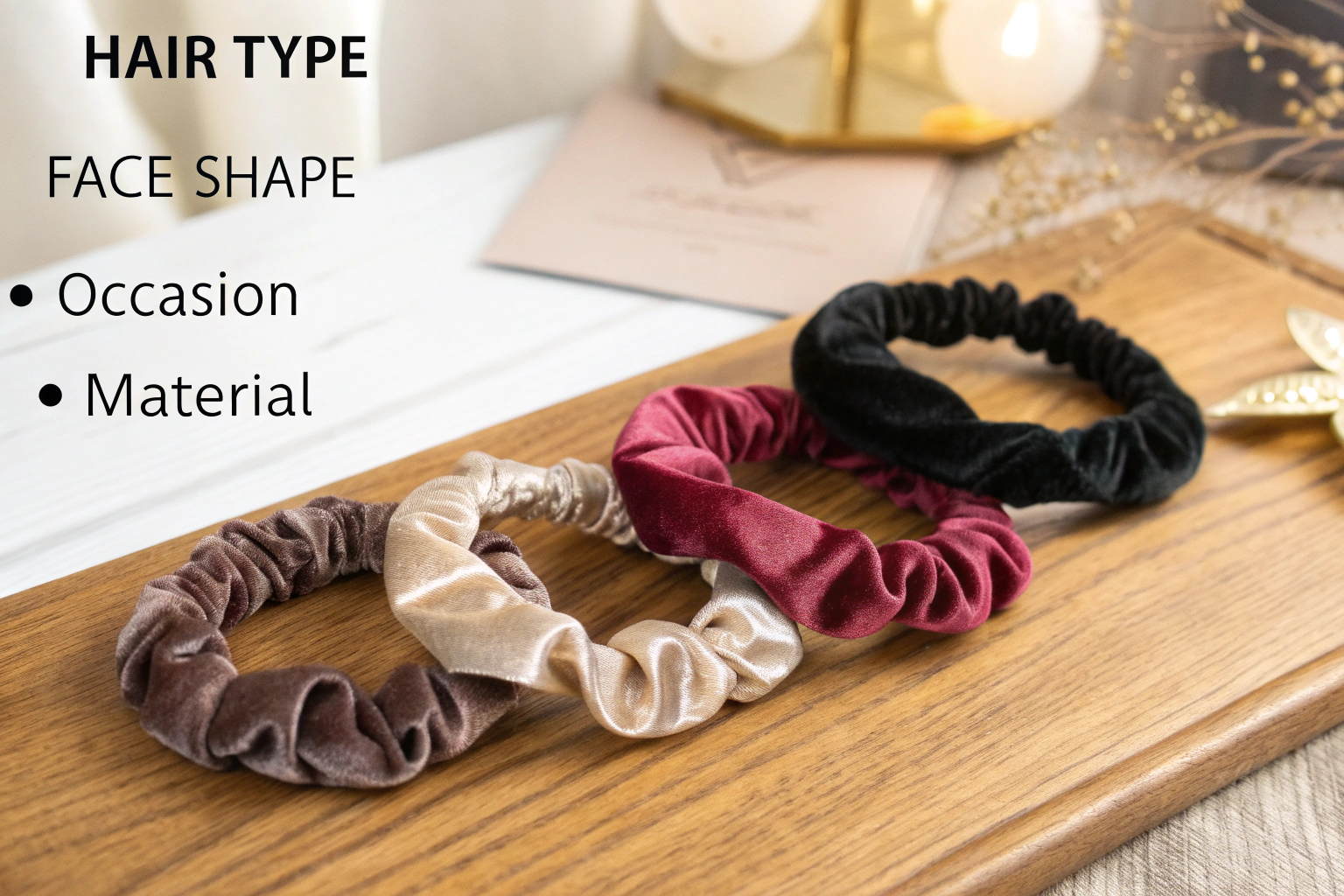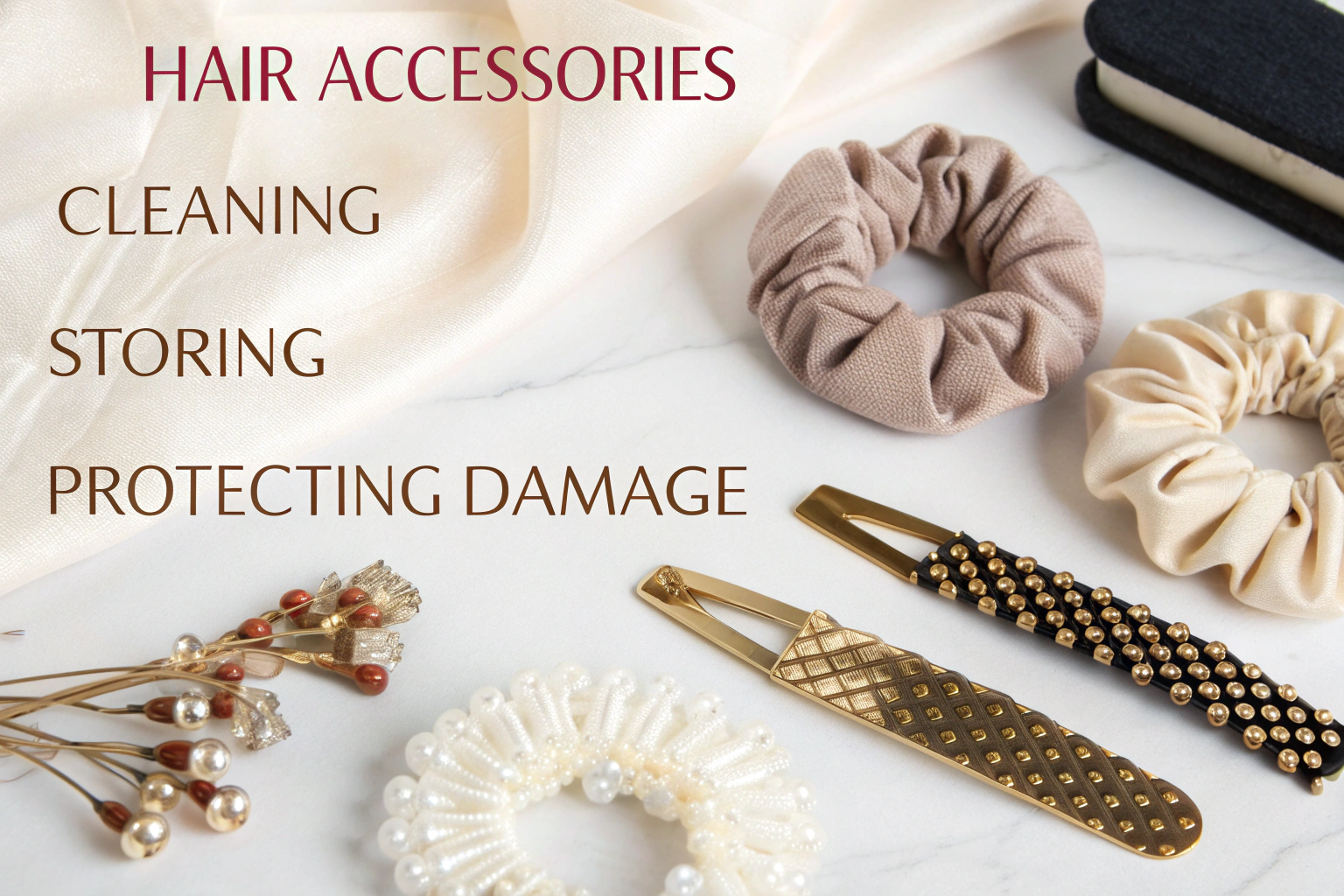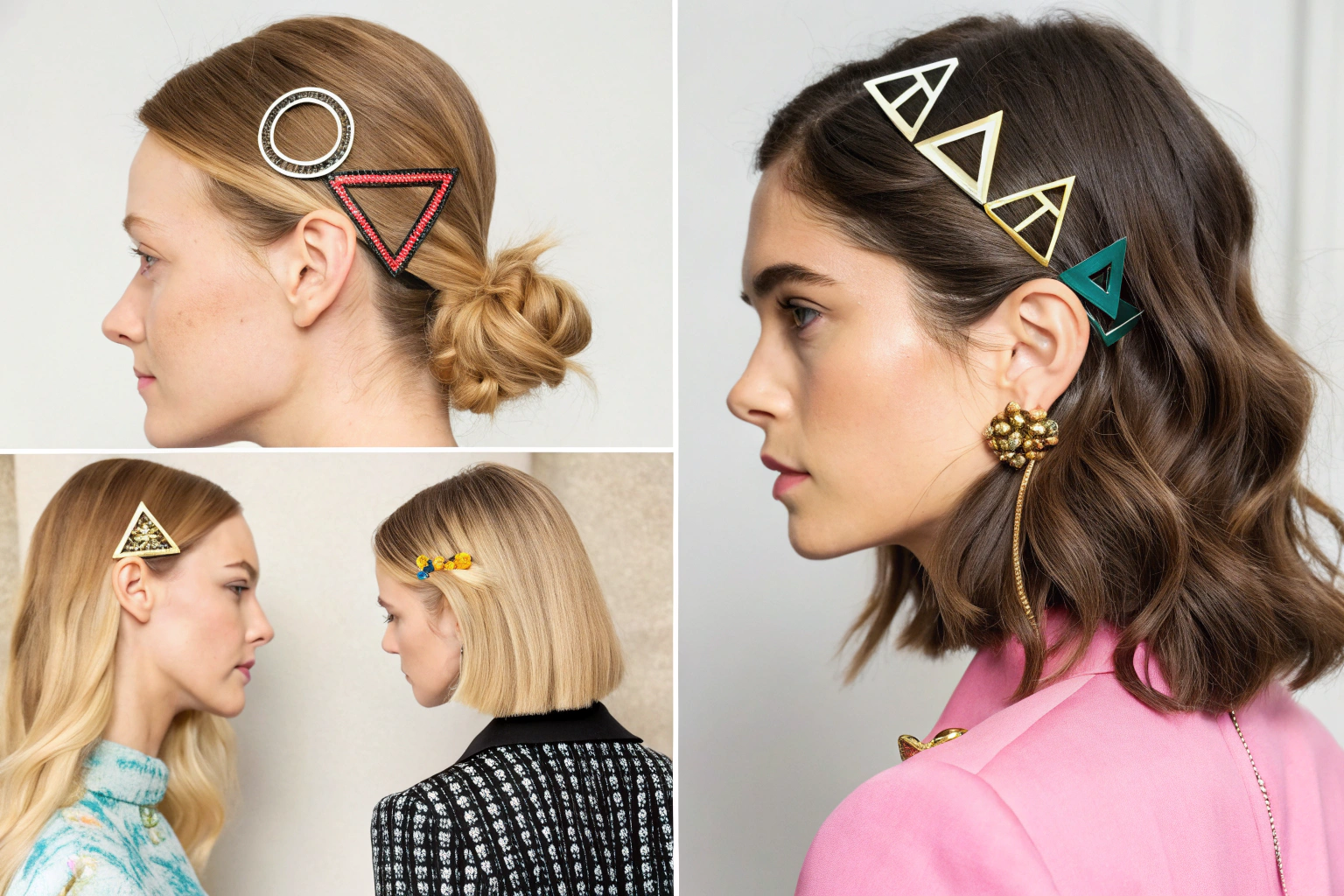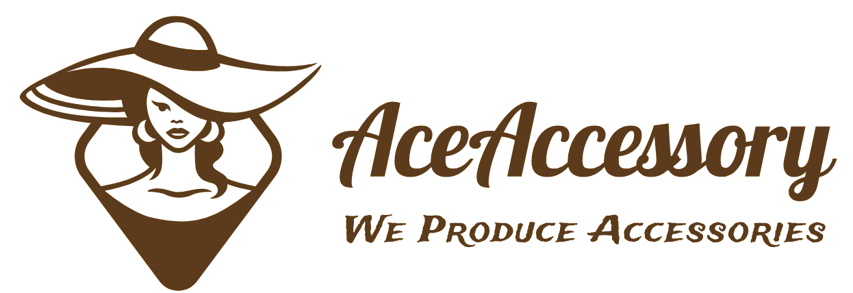As the owner of AceAccessory, a professional manufacturer and exporter of fashion accessories based in Zhejiang, China, I've seen many brands succeed and fail in the global marketplace. The question of how to develop accessories for diverse international audiences is more relevant than ever. Our factory, with its modern facilities and dedicated design team, has helped numerous clients in North America and Europe navigate this complex process. We understand the challenges of creating products that resonate across different cultures while maintaining high quality and competitive pricing.
Developing accessories for global markets requires a deep understanding of cultural preferences, material selection, compliance standards, and efficient supply chain management. At AceAccessory, we've perfected a development process that combines market research with practical manufacturing expertise. This approach has allowed us to create successful accessory lines for major supermarkets, apparel brands, and online stores worldwide, particularly helping American importers like Ron who face challenges with tariffs and logistics.
The global accessories market presents both tremendous opportunities and significant challenges. Many importers struggle with understanding regional preferences, managing quality control across borders, and navigating complex international trade regulations. In this article, I'll share our proven framework for developing accessories that succeed in international markets, drawing from our experience serving clients across multiple continents.
What Are Key Trends in Global Accessories Markets?
Understanding current market trends is the foundation of successful accessory development. At AceAccessory, our design team continuously monitors emerging patterns across different regions to ensure our clients' products remain relevant and competitive.
The global accessories market shows distinct regional preferences that directly impact product development strategies. North American markets favor minimalist, versatile pieces that transition from day to night, while European consumers often prefer bold, statement accessories with sustainable credentials. Through our work with major retailers like Walmart and Target, we've identified that American consumers particularly value multi-functional accessories that offer both style and practicality.

How Do Cultural Preferences Influence Accessory Design?
Cultural preferences significantly impact accessory design across different global markets. American consumers typically prefer practical, versatile pieces that work for multiple occasions. European markets often favor more sophisticated, fashion-forward designs with attention to sustainable materials. Through our export data and customer feedback, we've developed specific design approaches for different regions that balance local preferences with production efficiency.
Our design process begins with comprehensive market research, including analysis of fashion weeks, street style trends, and social media influencers in target markets. We then create mood boards and concept designs that reflect these insights while considering manufacturing feasibility. This approach has helped us develop successful collections for clients across multiple regions, ensuring their accessories resonate with local consumers while maintaining production efficiency.
What Materials Are Trending in International Markets?
Sustainable and innovative materials are dominating global accessory trends across all product categories. For hair accessories, we're seeing increased demand for eco-friendly materials like bamboo, recycled plastics, and organic cotton. In headwear, technical fabrics with UV protection and moisture-wicking properties are gaining popularity, particularly for baseball caps and knit hats.
At our Zhejiang factory, we've developed strong relationships with material suppliers who provide certified sustainable fabrics and components. Our quality control team rigorously tests all materials for durability, color fastness, and safety compliance before they enter production. This commitment to material excellence has helped our clients navigate the complex landscape of international compliance standards while delivering products that meet consumer expectations for quality and sustainability.
How to Design Accessories for Different Cultures?
Designing accessories for different cultural markets requires both artistic sensitivity and practical business understanding. At AceAccessory, we've developed a systematic approach to cultural adaptation that respects local traditions while maintaining commercial viability.
Our design team begins each project with deep cultural research, examining color symbolism, traditional motifs, and local fashion conventions in target markets. For example, when designing scarves and shawls for European markets, we incorporate classic patterns and luxury materials, while for American markets we focus on casual, versatile styles that complement everyday wear. This cultural intelligence has been crucial for our clients' success in international markets.

What Cultural Elements Impact Accessory Preferences?
Color symbolism, traditional motifs, and local fashion conventions significantly impact accessory preferences across different cultures. In European markets, classic elegance and understated luxury often prevail, while American consumers typically favor bold, expressive pieces that make personal statements. Understanding these nuances is essential for developing successful accessory collections for international markets.
At AceAccessory, we maintain a cultural research database that tracks these elements across our key markets. This living document helps our designers create culturally appropriate products while avoiding potential missteps. For instance, we carefully consider color meanings when developing hair bands and scarves for different regions, ensuring our clients' products resonate positively with local consumers.
How to Adapt Sizing and Fit for Global Markets?
Sizing and fit adaptations are crucial for accessory success in international markets. Headwear sizes vary significantly between Asian, European, and American markets, requiring careful adjustment of our production patterns. Similarly, belt lengths and glove sizes need regional customization to meet local expectations and physical differences.
Our technical team has developed standardized sizing adaptations for different markets based on anthropometric data and customer feedback. We create specific size charts for each region and conduct fit tests with local representatives when possible. This attention to sizing details has significantly reduced return rates for our clients and improved customer satisfaction across all markets.
What Quality Standards Matter for International Sales?
Meeting international quality standards is non-negotiable for accessory brands targeting global markets. At AceAccessory, our comprehensive quality management system ensures consistent excellence across all product categories, from hair accessories to headwear and seasonal items.
International quality standards vary by region and product type, but generally include material safety, durability, and performance requirements. For the European market, CE marking and REACH compliance are essential, while American markets often require CPSIA certification and ASTM standards. Our quality control team stays current with all relevant regulations, conducting rigorous testing at multiple production stages to ensure compliance.

Which Certifications Are Essential for Global Accessory Sales?
Essential certifications for global accessory sales include CE marking for European markets, CPSIA compliance for the United States, and various material-specific certifications like Oeko-Tex Standard 100 for textiles. These certifications demonstrate that products meet strict safety and quality standards, building trust with international buyers and consumers.
Our factory maintains all necessary certifications and conducts regular audits to ensure ongoing compliance. We work with accredited third-party testing laboratories to verify that our hair accessories, headwear, and other products meet international standards. This certification infrastructure provides our clients with confidence that their products can smoothly enter target markets without compliance issues.
How to Implement Effective Quality Control Processes?
Effective quality control processes require systematic inspection at multiple production stages, from raw material intake to final packaging. At our Zhejiang facility, we've implemented a four-stage quality control system that catches issues early, reducing waste and ensuring consistent product excellence.
Our quality control process begins with incoming material inspection, followed by during-production checks, pre-shipment inspection, and final random sampling. Each stage has clear checkpoints and acceptance criteria, documented through our digital quality management system. This rigorous approach has helped clients like Ron maintain consistent quality across multiple shipments, building their reputation for reliability in competitive markets.
How to Navigate Logistics and Tariffs for Accessory Export?
Efficient logistics and tariff management are critical components of successful accessory exporting. Our experience shipping to North American and European markets has taught us that smart logistics planning can significantly impact profitability and customer satisfaction.
Navigating international logistics requires understanding shipping options, documentation requirements, and customs procedures. For accessory exports, we typically recommend a combination of shipping methods based on order volume and urgency. Air freight works well for small, high-value items like hair clips and jewelry, while sea freight proves more cost-effective for bulk orders of seasonal items like hats and scarves.

What Are the Most Efficient Shipping Methods for Accessories?
The most efficient shipping methods for accessories depend on order volume, product value, and delivery timelines. For small batches and samples, express courier services like DHL and FedEx offer speed and reliability. For larger container shipments, sea freight provides better economics, particularly for bulkier items like hats and winter accessories.
At AceAccessory, we've developed relationships with multiple logistics providers, allowing us to optimize shipping solutions for each client's specific needs. Our project managers coordinate closely with shipping partners to ensure transparent communication about sailing schedules and delivery timelines. This logistics expertise has been particularly valuable for American importers concerned about timeliness and shipping security.
How to Minimize Tariff Impacts on Accessory Imports?
Minimizing tariff impacts requires understanding trade agreements, proper product classification, and strategic sourcing. While US tariffs affect many consumer goods, proper harmonized system (HS) code classification can sometimes result in lower duty rates. Additionally, some accessory categories may qualify for exemptions or reduced rates under specific circumstances.
Our team stays current with tariff regulations and trade agreement developments that affect accessory imports. We provide clients with detailed documentation and classification support to ensure compliance while minimizing duty costs. For clients facing significant tariff challenges, we can suggest product modifications or alternative materials that might qualify for different classification, potentially reducing their overall import costs.
Conclusion
Developing accessories for global markets requires a comprehensive approach that balances cultural understanding, quality assurance, and logistical efficiency. Through our experience serving international clients, we've seen how success depends on getting each element right – from initial design concepts through final delivery. The most successful accessory brands combine market intelligence with manufacturing expertise to create products that resonate across cultures while maintaining consistent quality and reliable supply.
The global accessories market continues to evolve, with new opportunities emerging in different regions and product categories. By understanding cultural preferences, implementing rigorous quality control, and navigating logistics efficiently, brands can build sustainable international businesses. The key is partnering with manufacturers who understand both creative development and practical execution across international markets.
If you're looking to develop accessories for global markets, our team at AceAccessory has the expertise and infrastructure to support your success. We invite you to contact our Business Director Elaine to discuss how we can help bring your accessory concepts to life in the global marketplace. Reach out to Elaine at elaine@fumaoclothing.com to begin the conversation about your next accessory collection.

